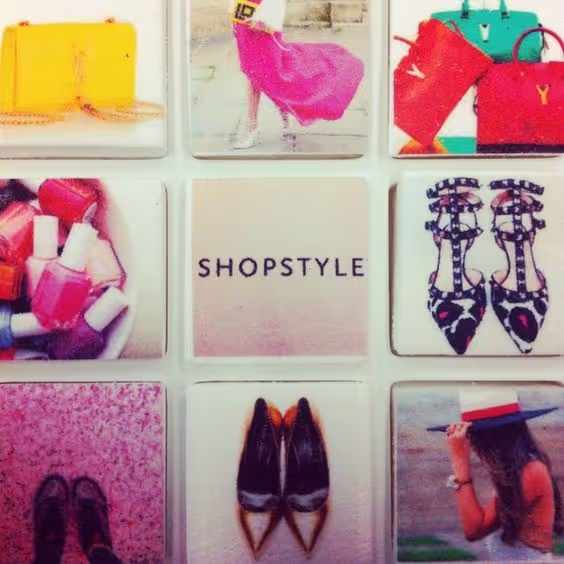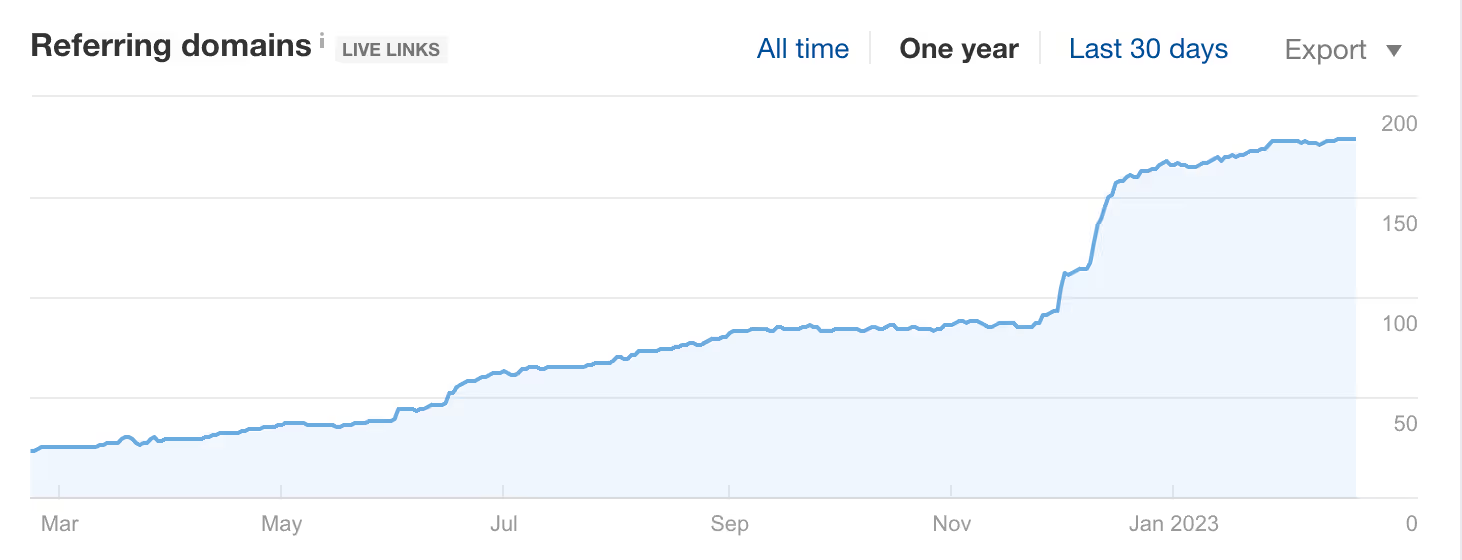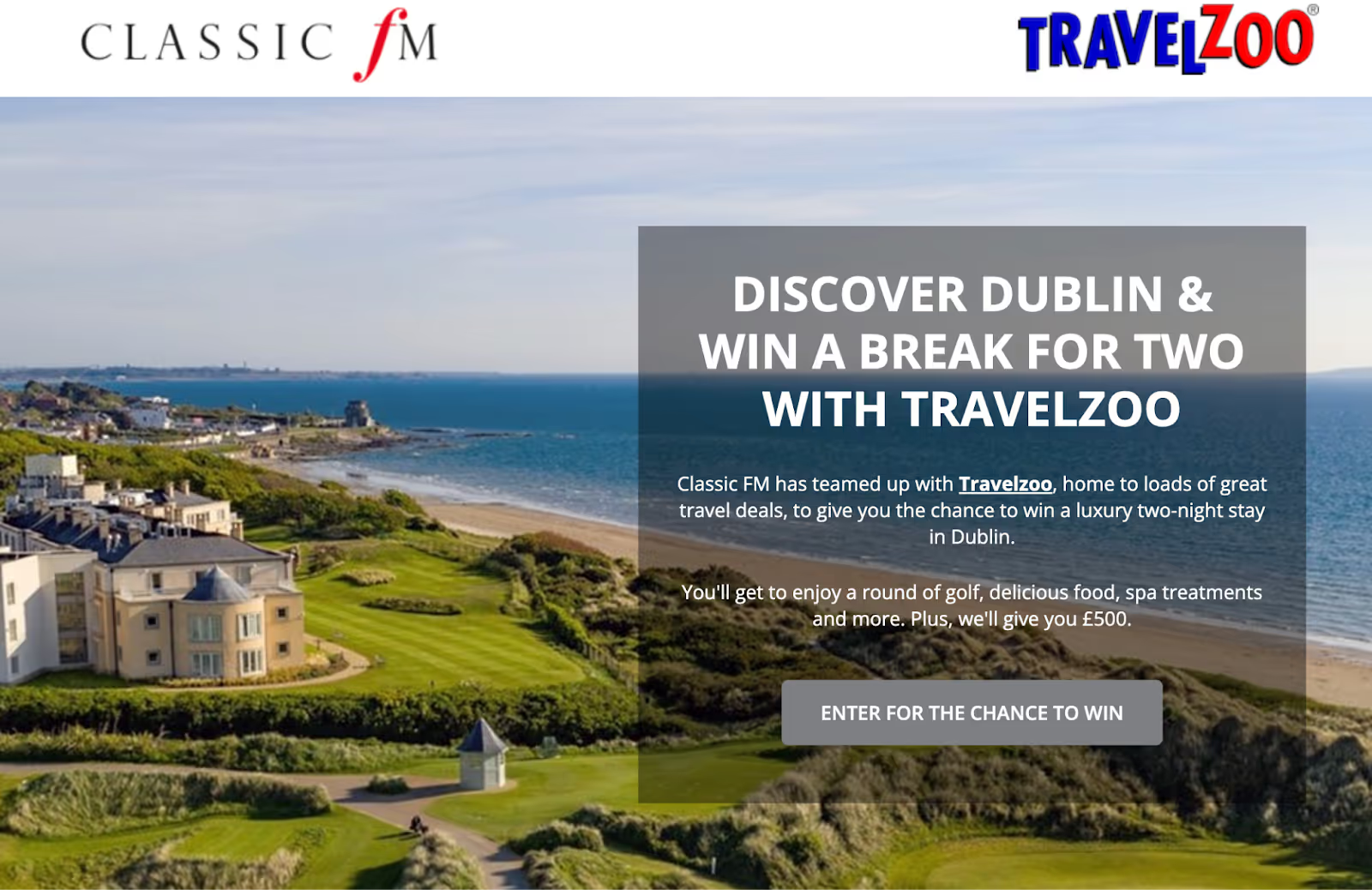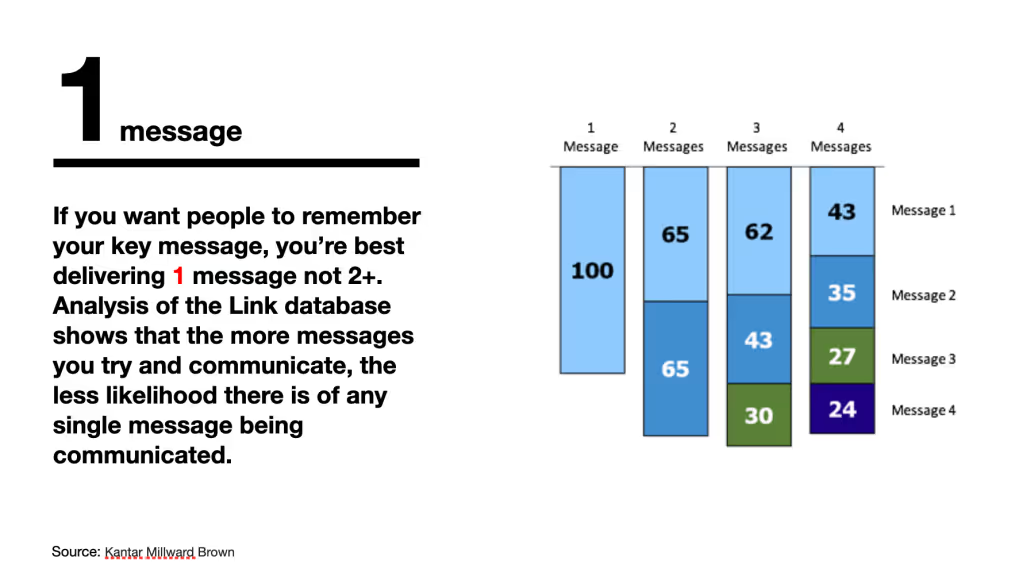If you’re a small business or start-up that’s short on budget, it’s often possible during influencer negotiations to substitute money for other motivating factors. But you have to get creative. Giving away free products isn’t good enough: influencers get free stuff all day.
The examples I’m about to share from campaigns I’ve worked on, all rely on the same principle “proof of creativity”. It’s the notion that it’s possible to incur less cost, so long as you can send a reliable signal that you went to the effort. Think about the difference between a distant relative and a close friend: the former gets money in a card for their birthday, while the latter gets something you know that they’d like. Your gift doesn’t have to be expensive to be meaningful: “it’s the thought that counts”, as they say.
You can think of marketing campaigns along the same spectrum. The most boring corporate companies pay enormous amounts of money to interrupt consumers on TV with their ads, while the most creative companies do things that delight their audience, so they get talked about for free. If you show that you really understand someone, and that you have gone to great effort to do something nice for them, they reciprocate. It has to be a reliable signal however – something that can’t easily be faked – or you’ll be called out as a fraud.
1. Send *actually* personalized gifts
I was working at ShopStyle, a fashion affiliate website, and we were trying to attract fashion bloggers to write about us. This was an uphill battle, because we were a tech company rather than a noted fashion publication or luxury brand, so we couldn’t offer the same status that would come along with being tapped by Vogue or Louis Vuitton.
Our solution was a “top bloggers” competition, but with a twist. We sent all 100 bloggers selected across categories a personalized marshmallow gift, with our favorite 4 instagram posts printed on the marshmallows.

We had 30+ fashion bloggers post about us organically, who normally would charge a lot more than the cost of the marshmallows. The campaign wouldn’t have worked if we had just shipped them an iPad: not only did we come up with a unique creative idea, we had gone to the effort to hand-select our 4 favorite pictures: that’s a hard-to-fake signal that we cared about their craft.
If you’re looking to enact a similar campaign, don’t just copy our idea and send personalized marshmallows. That would be missing the point. Come up with a unique idea for your industry that isn’t being done by your competitors. Think about the difference between money in a card, and a thoughtful gift: what can you do that proves you respect their work?
2. Make real-life connections with creators in your city
I used to work for Noah Kagan, an influencer in the entrepreneur / start-up space, whose business AppSumo offered software deals (Groupon for entrepreneurs). We would regularly have extremely high profile people link to the website and promote it on social media, even though they weren’t compensated to do so. One day I got curious and asked him: “why are all these important people going out of their way to promote us? Are we paying them?”.
He told me the secret: they’re all friends in real life! The reason they all linked to us and shared our products, was because he went to great effort to build and nurture relationships with them in person. There were no obvious ties visible online, but he would go to great effort cultivating his network: attending multiple conferences every year, and going out of his way to stay in touch with friends whenever traveling for business. When you have a real life relationship with someone, they will naturally think of you from time to time, and organically share you when relevant to their audience. They would never ask him for money, because their relationship had moved past the transactional. Besides, he had helped them out in the past by promoting their businesses too. He eventually leveraged this network into launching a popular podcast.
Traveling around the world to make real life connections isn’t realistically in everyone’s budget. However you can start small at home: find local influencers in your city or area and attend local meetups to connect in person. As your network grows, leverage your local contacts to get introductions to influencers in other locations when they’re visiting your town.
3. Use your own influence to grow creator audiences
If you think about what an influencer business is, you’ll realize it’s an arbitrage opportunity. Creators post interesting and entertaining content to their social media feed, blog and email list, and in return are rewarded with the attention of their audience. They then monetize that attention by working with brands like yours, which pays the bills while they continue to grow their audience.
The key insight here is this: if you can’t afford to help them pay their bills, can you help them grow their audience instead? One of the best ways to build relationships with influencers is to be influential yourself. If you, or your company has an audience, or a well respected name in the industry, you can leverage that to help influencers with their business.
Here's two ways you can develop your own influence:
a) Launch an industry newsletter & feature your target creators
In my work for Recast, a Marketing Mix Modeling (MMM) solution, we were producing great content for our blog that really solved problems in a difficult space, but they weren’t getting read because we had a relatively new, low authority blog.
We didn’t necessarily need a huge audience – MMM is a relatively niche (but growing) interest amongst marketers and contracts are six figures per year. It was also very hard to find useful information out there about MMM, as traditional vendors have been hesitant to share proprietary information. We decided to reward the opposite: we started an industry newsletter to share the work of others who were openly posting useful information about marketing measurement.

The key to making this important for influencer outreach was to actively reach out and build relationships with those we featured. We send the author a quick message on LinkedIn or Twitter with no agenda: just what we appreciated about their post, and a link to the newsletter so they could see where they were featured. In many cases we even linked to competitors, though of course we don’t hold back about what Recast does that’s different. Ultimately a rising tide lifts all boats, and the battle is not against the rest of your industry, but against the inertia of the many companies who haven’t yet adopted MMM! Anecdotally in the past year since starting this outreach, as well as great relationships with some of the people we featured, we’ve seen an uptick in inbound links to our website, and a corresponding increase in traffic.

b) Offer to leverage your customers, email list, or social followers
Be open to sharing your audience. For example when I worked for Travelzoo we’d regularly work with other brands and influencers to run competitions. We’d send each post out to our 28 million person email list, and they would also share it to theirs: we’d each get the benefit of reaching a new audience.

However you don’t have to have a huge brand or millions of people on your email list for this to work. Start by “laddering up” from nano influencers with a small list, and work your way up as your audience grows. You want to roughly match in terms of audience size, to make the relationship balanced. Ideally you want to pick a brand that looks like your target audience, but hasn’t got much overlap in terms of how many customers you share.
However, don't be too intimidated when reaching out to a brand that’s bigger than you, so long as the audience is right (for them and you). It can be valuable even for big brands to gain a backlink from your blog for SEO purposes, or to reach a niche audience that they are targeting, so you don’t always need the allure of a sizable audience to have something worth offering. When you do reach out, always lead with the main thing you’re offering, and a one line descriptor so they can tell the audience is relevant: i.e. “Partner on a competition sent to 28m frequent travelers?”
Memetic confusion
The way to win the game of influencer outreach is by finding a way to not have to play at all. To achieve this, you need to clear up any ‘memetic confusion’ about your brand: when people hesitate to share because they don’t know what you’re about. Do this and you’ll naturally increase the number of people (including influencers) organically linking to your website and sharing your products. Let me give you an example from my own experience, which explains what memetic confusion is, and why it’s important.
When I left my agency I decided to do consulting for a while, but found that I didn’t really have a focus. I was a jack of all trades, and enjoyed the freedom to do a little bit of everything. The problem was that I wasn’t getting many leads. I knew a lot of influential people from my agency days, but I got almost no referrals. What was going on?
I realized the issue was something I’d later decide to call “memetic confusion”: my influencer network couldn’t refer me to others, because they didn’t know what I was good at. Was it Facebook ads? Conversion optimization? Marketing attribution? Ad creative? Content marketing? I was a jack of all trades, master of none. My social profile was like a radio station that played everything from Jazz to Heavy Metal.
Most influencers won’t refer you to their audience unless they’re confident you can solve a specific problem. If I tell you I have a broken pipe under my sink, I hope you’ll introduce me to a professional plumber: not just someone who happens to be handy with a wrench. It’s hard for people to believe you’re good at everything – the scientific word for this is “goal dilution” – and they don’t want to risk their reputation vouching for you. Studies show that communicating more than 1 message in your marketing decreases the chance of each message being remembered.

The problem went away when I focused on one specific service: Marketing Mix Modeling (MMM). The counterintuitive result was that by saying no to all my other opportunities, I ended up tripling my consulting fee, and being booked solid for over a year! I still had other interests (for example, I’m writing a book on creative testing), but MMM was always what I talked about publicly and led with when catching up with my influencer contacts. Whenever MMM came up, they thought of me.
The additional benefit is that whenever I do reach out to an influencer in the marketing measurement space, I almost never get a declined response: they can see from my social media profile and blog that I am deeply embedded in their space, and for most experts that immediately makes you worth talking to out of curiosity. If my profile was more ‘memetically confused’ (which is honestly starting to happen now that I’m talking more about my upcoming book) they would be far less likely to entertain an intro. Choose your niche wisely and invest heavily in it!
Conclusion
In conclusion, influencer marketing can be costly, but by getting creative and understanding what motivates influencers beyond money, it is possible to reach influencers on a budget. The key is to send a reliable signal that you have gone to great effort to understand and respect their work. Personalized gifts and building real-life relationships with influencers can help, as can providing useful templates and avoiding Memetic Confusion with your offering. It's important to remember that a successful campaign will require a unique and creative approach tailored to your industry, rather than copying a pre-existing idea.
Mike Taylor
Mike was a co-founder at Ladder, where he hired and trained 100+ marketers, optimized $50m in advertising spend, and ran over 8,000 creative tests. He is the author of "Marketing Memetics: Reverse-Engineering Creativity To Drive Brand Performance".





.avif)
.avif)
